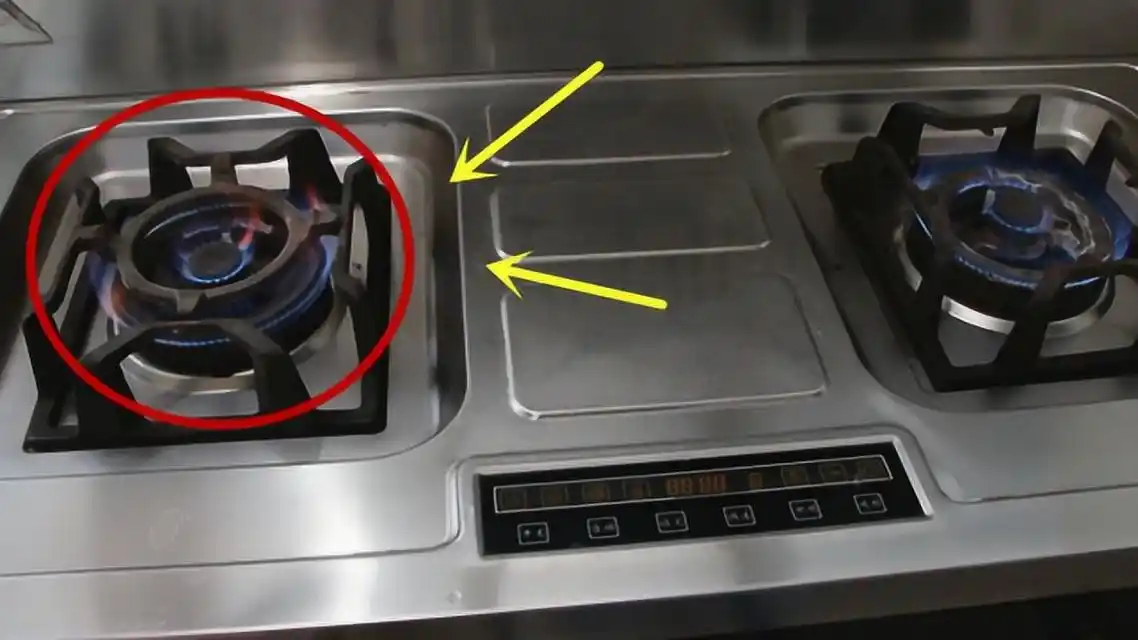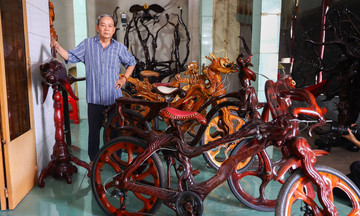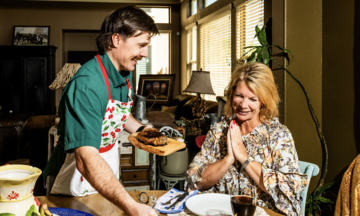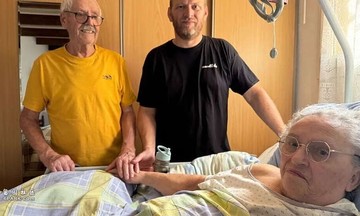This practice stems from three primary reasons. Firstly, the right burner is typically designed for high heat, making it suitable for boiling or quick cooking at high temperatures, such as stir-frying and deep-frying. The left burner, with its lower output, is better suited for slow cooking, such as making porridge, stews, and soups.
Secondly, when stir-frying, people typically hold utensils (chopsticks, spatula) in their right hand and the pan in their left, constantly stirring. Using the left burner places the hand between the two burners, increasing the risk of burns from the high heat and splattering oil soiling clothes.
Thirdly, in modern apartment design, the sink and preparation area are often located to the right of the stove, making it convenient to pick, wash, chop vegetables, and then stir-fry them immediately. Stir-frying on the left burner would disrupt this efficient workflow.
Consequently, most families use the left burner for steaming, making porridge, and simmering soups, while the right burner is reserved for stir-frying and deep-frying.
 |
The left gas burner is designed for simmering, the right for stir-frying. Photo: Aboluowang |
The left gas burner is designed for simmering, the right for stir-frying. Photo: Aboluowang
However, the "left for simmering, right for stir-frying" rule isn't absolute. Some prefer the left burner for its lower heat, which offers better temperature control, preserving the color and flavor of stir-fried dishes. This placement is even more logical for left-handed individuals. Ultimately, the choice depends on individual family habits and needs. Understanding the difference between the two burners is crucial for safety, gas efficiency, and enhancing the quality of meals.
Professor Rob Jackson of Stanford University notes that cooking slowly over low heat can generate higher pollution levels than cooking quickly over high heat. Longer cooking times lead to increased pollution, so it's advisable to open windows or use a powerful range hood when using a gas stove. For dishes requiring hours of simmering, using an electric pot instead of a gas stove limits the release of benzene and other toxic gases, ensuring both safety and preserving the flavor of the dish.
Bao Nhien (From Aboluowang)












